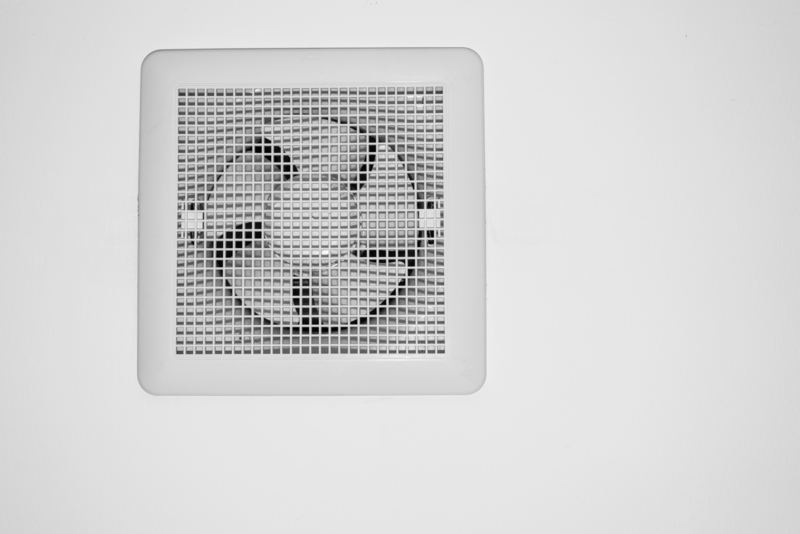Managing Dust Mites: Simple Home Methods
Posted on 30/06/2025
Managing Dust Mites: Simple Home Methods
Dust mites are microscopic creatures that thrive in our homes, particularly in areas where dust collects, such as bedding, upholstered furniture, and carpets. These tiny pests are responsible for triggering allergic reactions and asthma in many individuals. Hence, managing dust mites in your home is crucial for maintaining a healthy living environment. This article delves into effective and simple home methods to control and reduce dust mite populations.
Understanding Dust Mites
Dust mites belong to the arachnid class, sharing a distant relation with spiders and ticks. Unlike visible pests, dust mites are invisible to the naked eye, measuring about 0.2 to 0.3 millimeters in length. They feed on dead skin cells shed by humans and pets, making our homes an ideal habitat. Warm, humid conditions further contribute to their proliferation.
Dust mites themselves are not harmful, but their fecal matter and body fragments are potent allergens. When these particles become airborne, they can be inhaled, leading to symptoms such as sneezing, runny nose, watery eyes, and respiratory issues. Asthmatic individuals may experience exacerbated symptoms due to dust mite exposure.

Regular Cleaning and Vacuuming
Consistent cleaning is paramount in managing dust mites. Start with regular vacuuming of floors, especially carpets and rugs, since these are primary dust mite havens. Use a vacuum cleaner equipped with a High-Efficiency Particulate Air (HEPA) filter to effectively trap microscopic particles, preventing them from re-entering the air. Vacuum upholstered furniture, mattresses, and curtains as well.
For an added layer of protection, consider steam cleaning carpets and upholstery periodically. The high temperature of steam can kill dust mites and help to dislodge their wastes.
Reducing Humidity Levels
Dust mites thrive in humid environments. Reducing indoor humidity to below 50% can significantly decrease their population. Utilize dehumidifiers, particularly in areas prone to moisture like basements and bathrooms. Additionally, ensure good ventilation by using exhaust fans, especially during activities that generate humidity, such as cooking and showering.
Air conditioners can also help manage indoor humidity while filtering out dust particles. Regularly clean air filters to maintain their effectiveness in controlling both humidity and dust mites.
Encasing Mattresses and Pillows
Most dust mites are found in bedding, where they feed on the dead skin cells shed nightly. Thus, encasing mattresses and pillows in allergen-proof covers is an effective method for mitigating dust mite exposure. These covers are designed to be impermeable to dust mites, acting as a barrier to prevent them from embedding into mattresses and pillows.
Ensure that all bedding, including mattress covers, pillowcases, and blankets, is washed regularly in hot water at a minimum of 130?F (54?C) to kill dust mites and remove allergens. For non-washable items, consider an alternative method like freezing, which can also kill dust mites.
Frequent Laundry Practices
While washing bedding is crucial, other fabrics in your home, such as curtains, stuffed toys, and removable upholstery covers, also need regular laundering. Aim to wash these items weekly in hot water to keep dust mite populations in check.
For items that cannot be washed frequently, another effective method is using anti-allergen sprays that neutralize dust mite allergens. However, these should be used as a supplementary measure rather than a primary one.
Decluttering Your Home
Minimizing clutter can significantly reduce dust mite habitats. Objects like stacked magazines, piles of clothes, and knick-knacks can collect dust easily. Regularly decluttering and cleaning these areas can help in maintaining a dust-free environment.
Consider opting for minimalistic home d?cor and choosing easy-to-clean furniture. For instance, choose leather or vinyl chairs over fabric ones, as they do not harbor dust mites easily.
Choosing Appropriate Flooring
Carpets can be a major reservoir for dust mites. If feasible, replace carpets with hard flooring options such as hardwood, laminate, or tile, which are easier to clean and do not trap dust as carpets do. For those who prefer carpets, opt for low-pile varieties and ensure regular and thorough cleaning.
Using Dust Mite-Proof Products
The market offers a range of products designed to reduce dust mites. From special laundry detergents to bed and floor sprays, these products contain ingredients that either kill dust mites or denature their allergens, rendering them harmless.
Regular use of these products, combined with consistent cleaning practices, can substantially reduce dust mite populations.
Maintaining Pet Hygiene
Pets are common carriers of dust mites due to their dander, which consists of dead skin cells. Regular grooming and bathing of pets can help to minimize this source of allergens. Maintain pets' sleeping areas by washing their bedding in hot water frequently and vacuuming around these areas more often.
Regular Air Duct Cleaning
Dust mites can accumulate in air ducts, and when the HVAC system operates, these particles can disperse throughout your home. Routine maintenance and cleaning of your HVAC system, including air ducts and filters, can help maintain better air quality and control dust mite populations.
Professional Pest Control
If home methods fail to provide relief, consider seeking professional pest control services. Experts can offer more intensive treatments, such as specialized cleaning and the application of acaricides, which are chemicals that specifically target mites. These measures can provide a more significant reduction in dust mite populations, particularly in homes with severe infestations.

Regular Monitoring and Adaptation
Effective dust mite management is not a one-time effort but an ongoing process. Regularly inspect and adapt your cleaning habits to keep up with changes in your living environment. Seasonal changes, for instance, may require adjustments in your cleaning routine or dehumidification efforts.
Regularly assess the efficacy of your methods by monitoring symptoms of allergies or asthma. If you notice a decline in symptoms, it indicates your efforts are working. Conversely, if symptoms persist or worsen, reevaluate and intensify your cleaning efforts.
Conclusion
Managing dust mites efficiently requires a multi-faceted approach encompassing regular cleaning, humidity control, and preventive measures. By implementing these simple home methods, you can significantly reduce dust mite populations and improve the overall air quality and comfort of your living space. Prioritizing these practices not only helps in alleviating allergy and asthma symptoms but also promotes a healthier home environment for you and your family.




